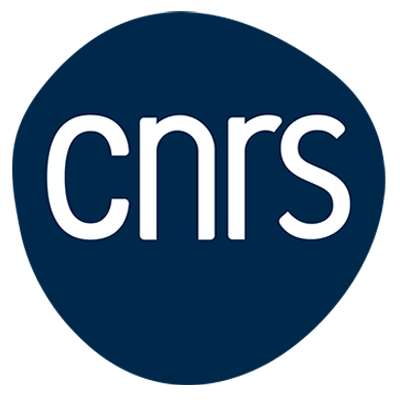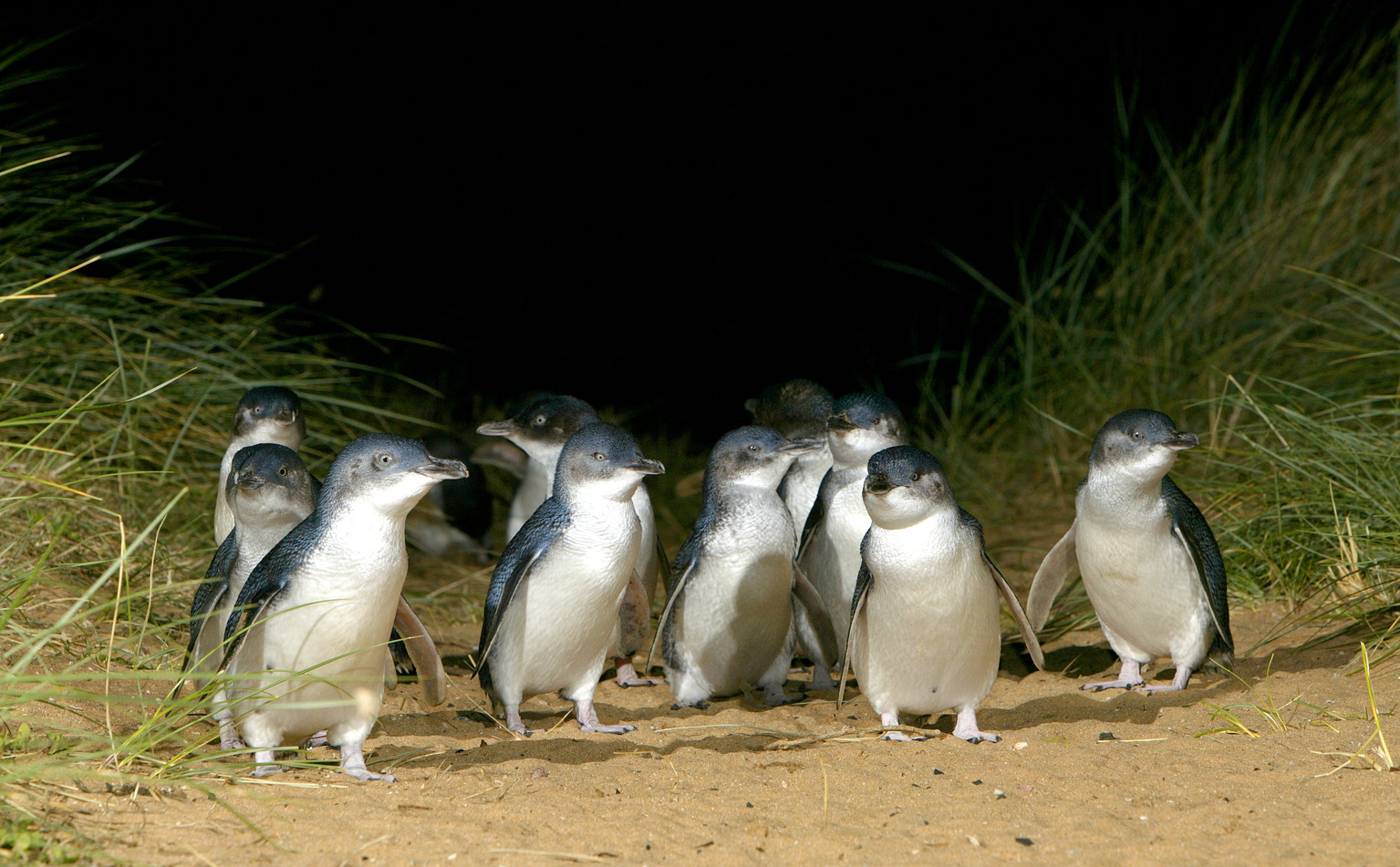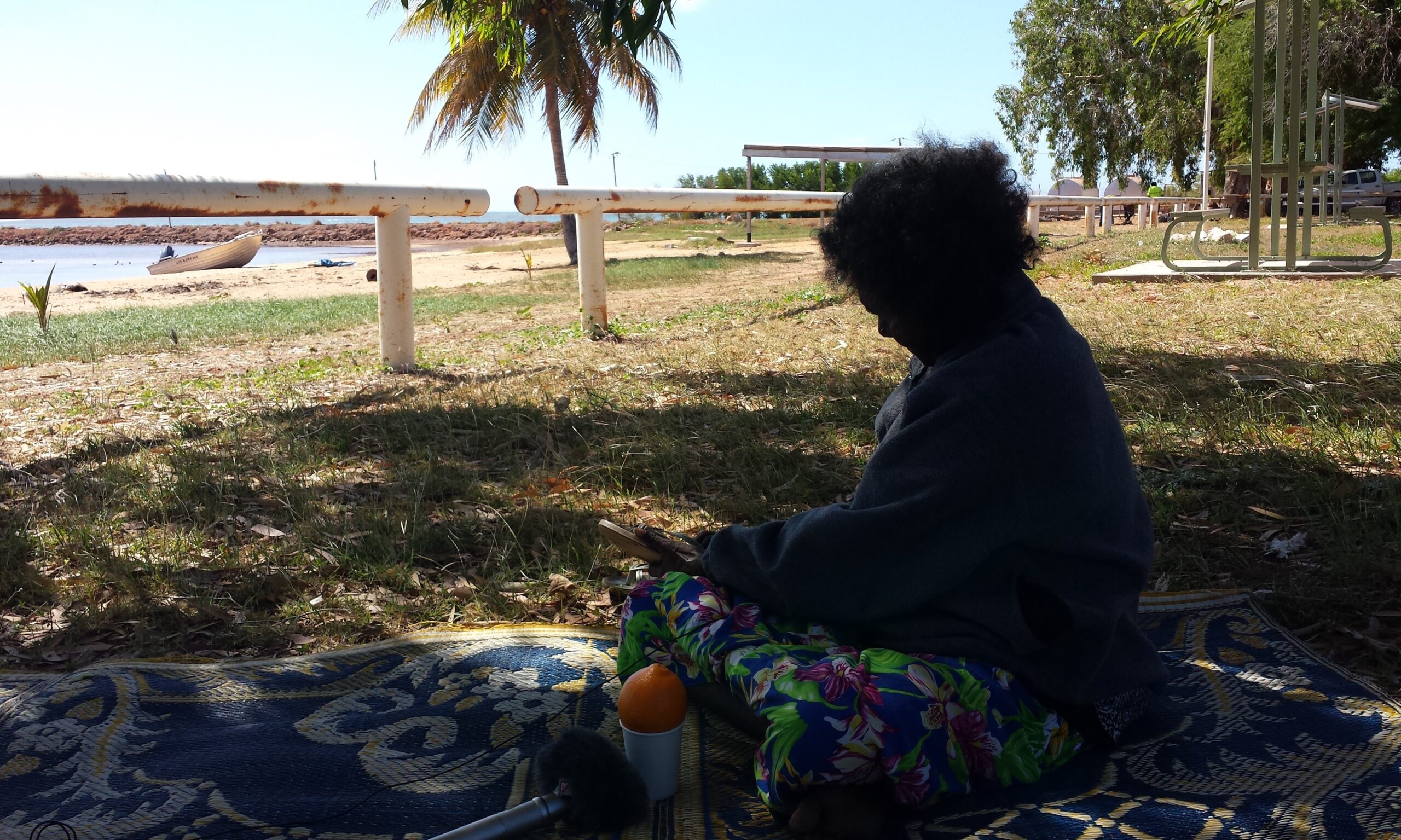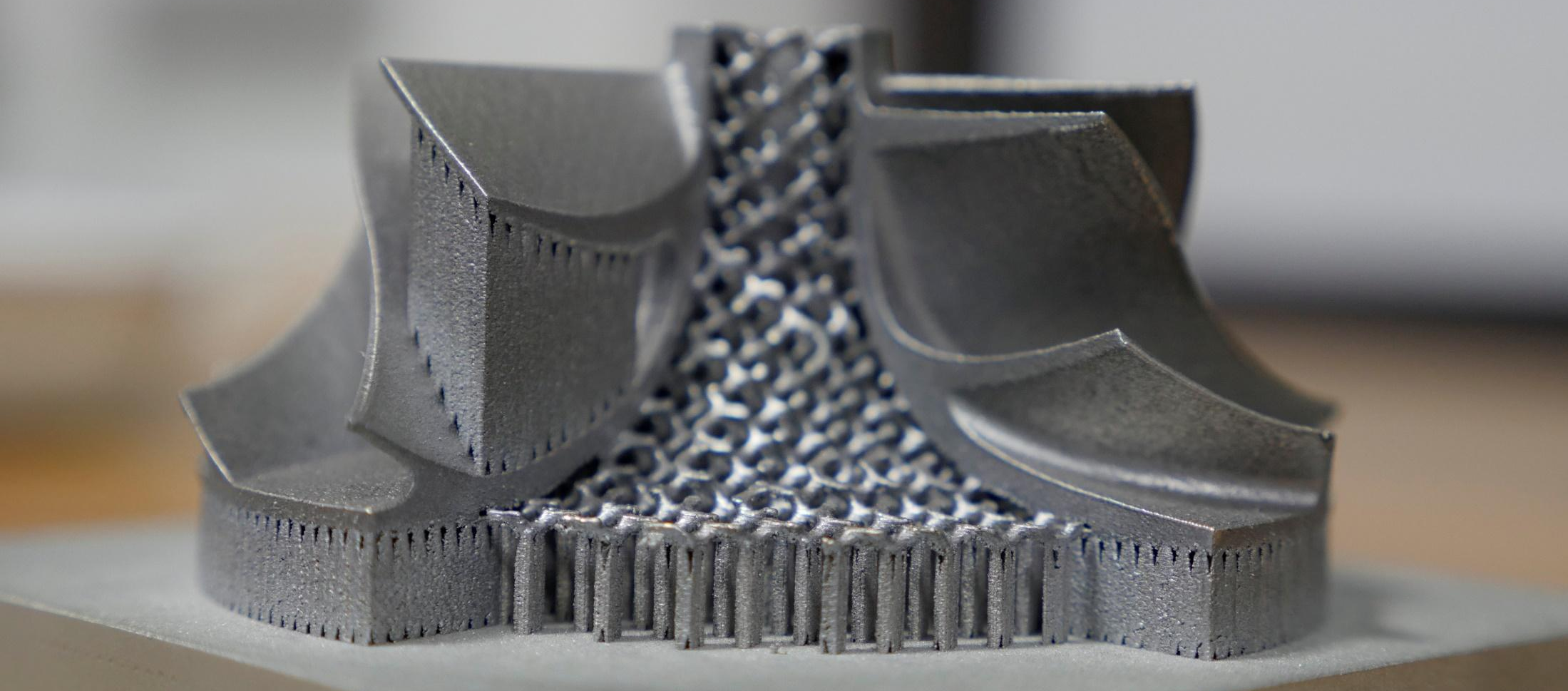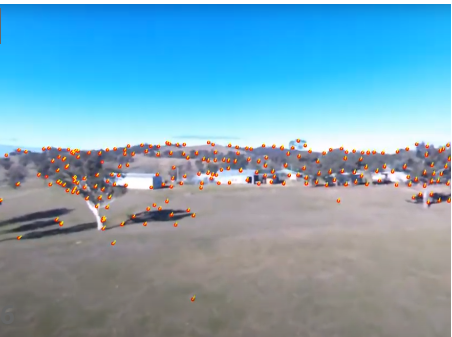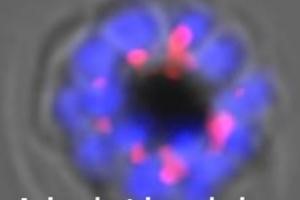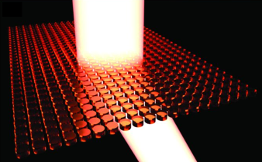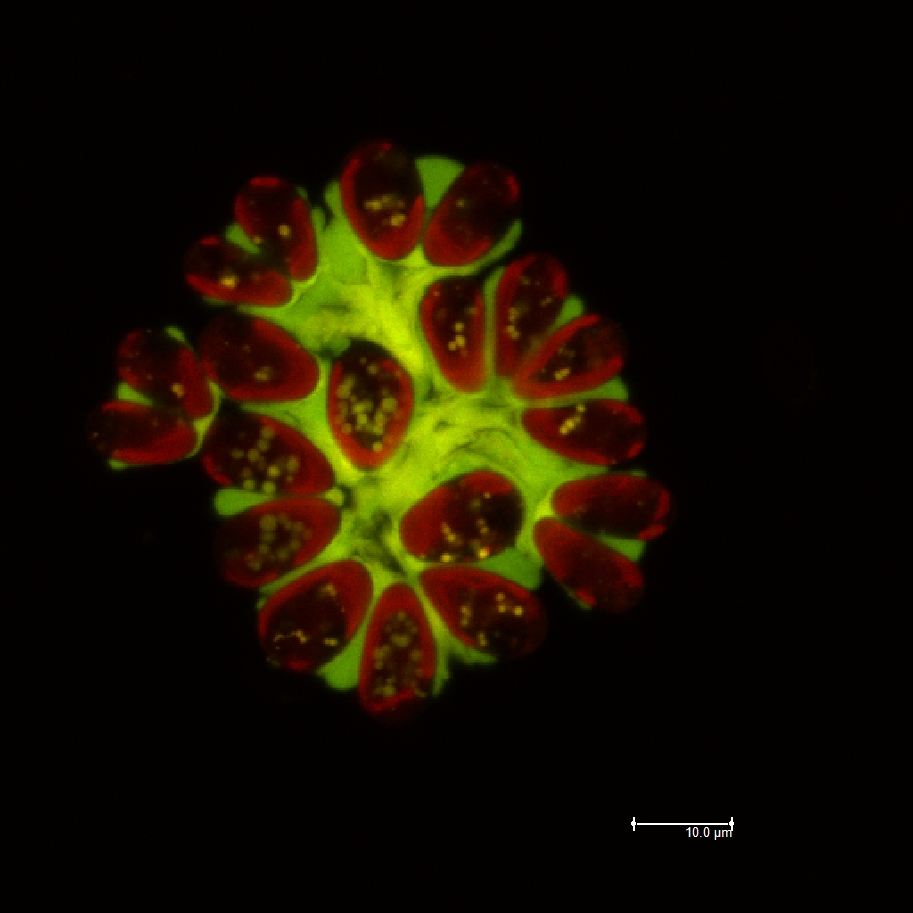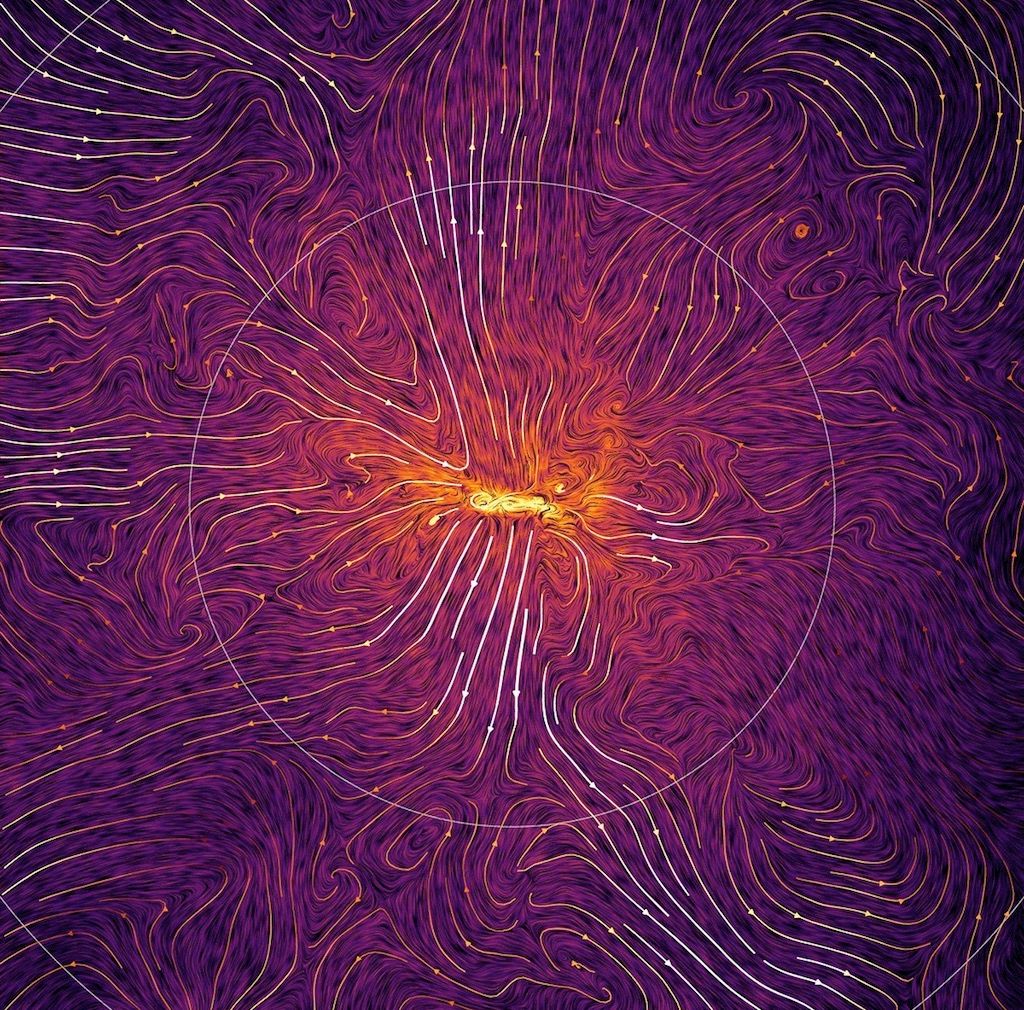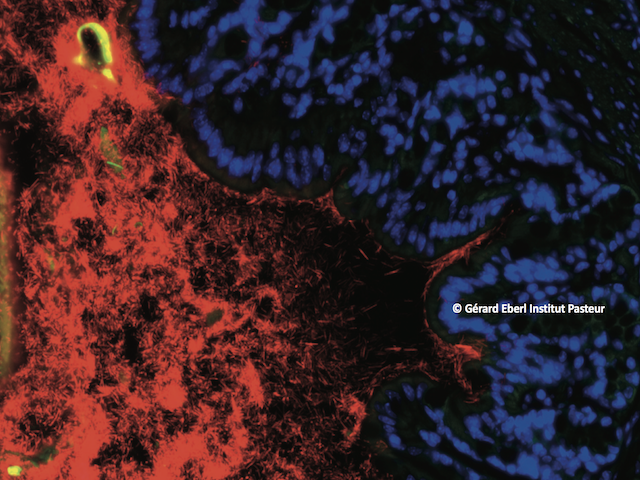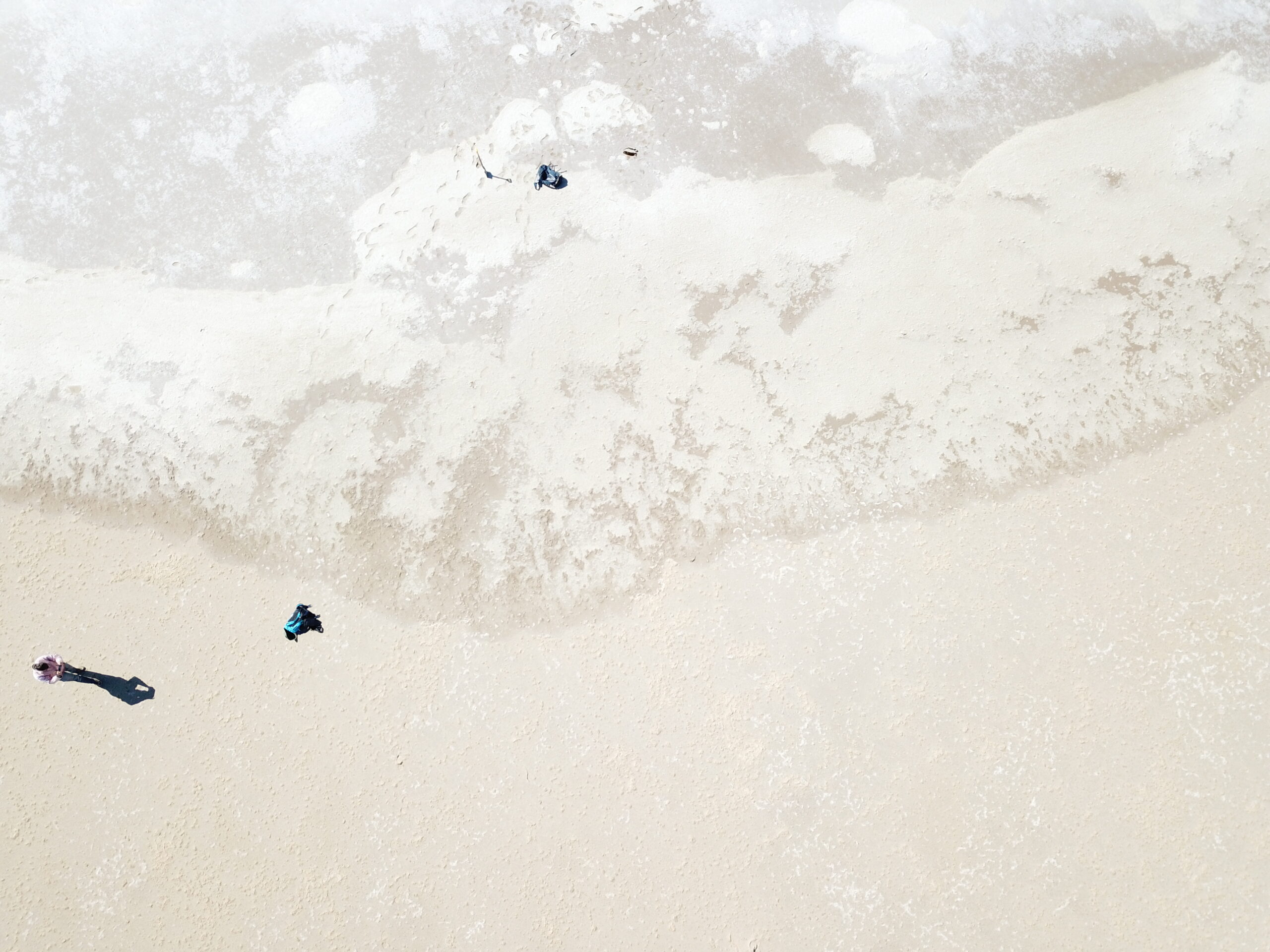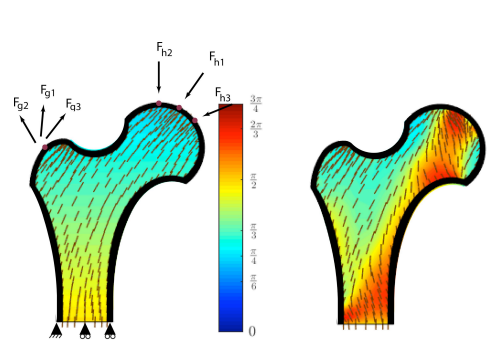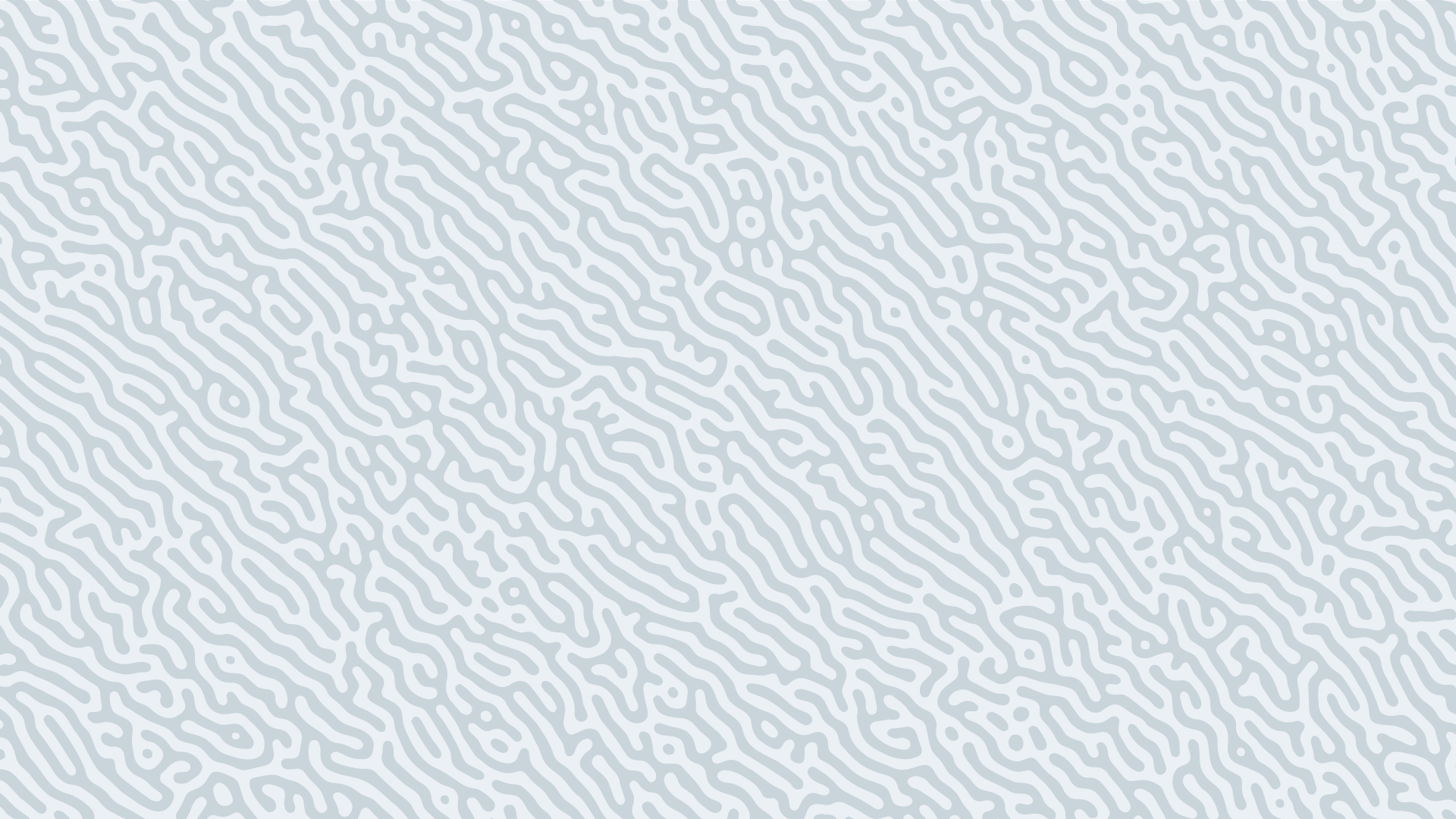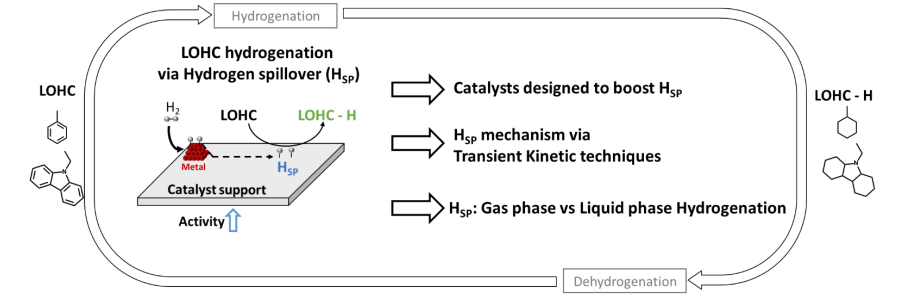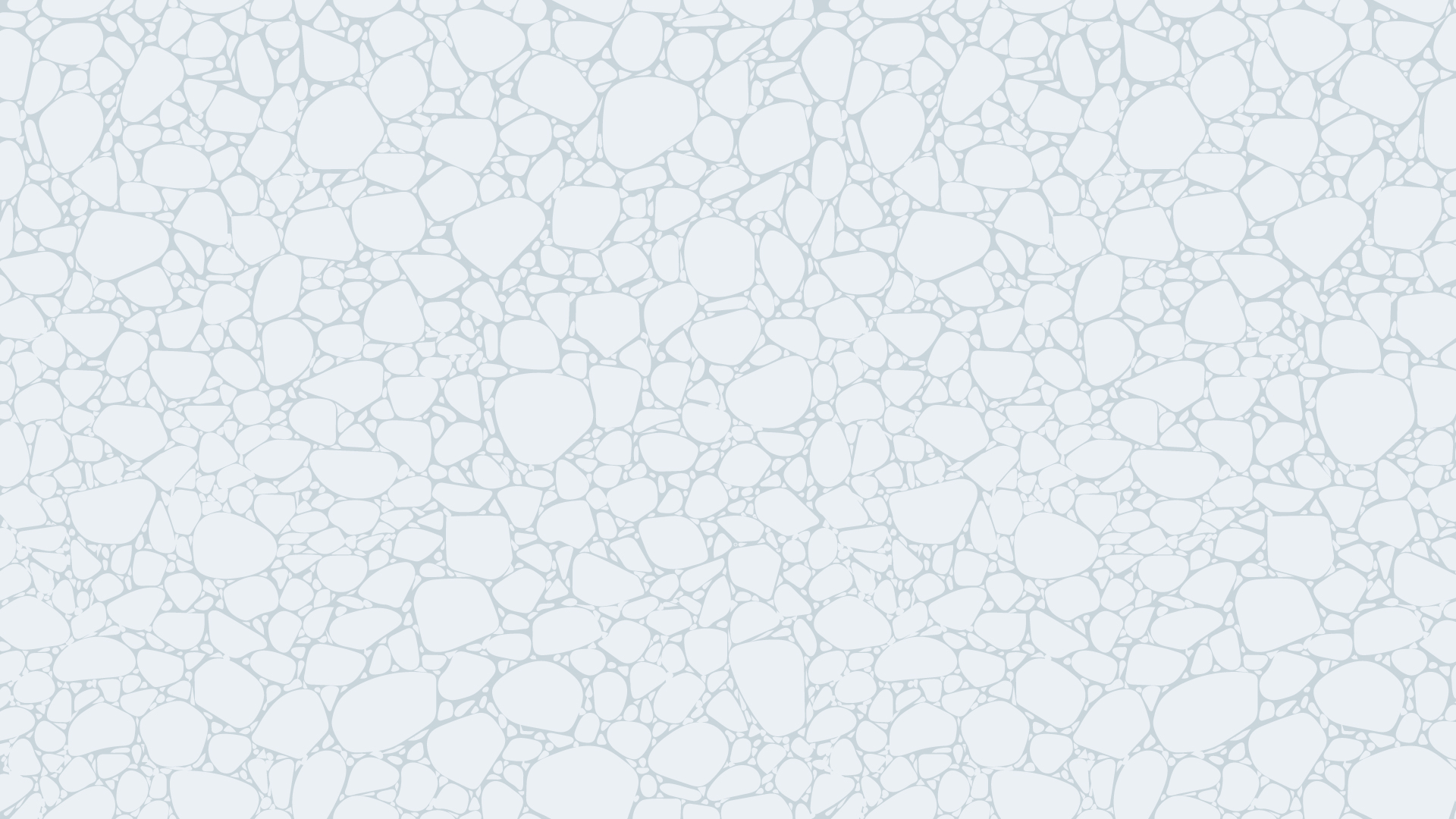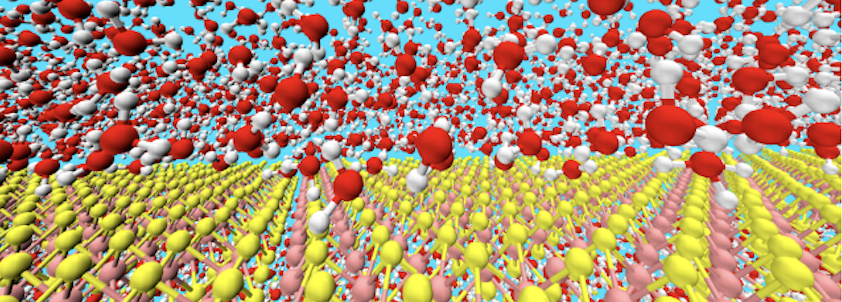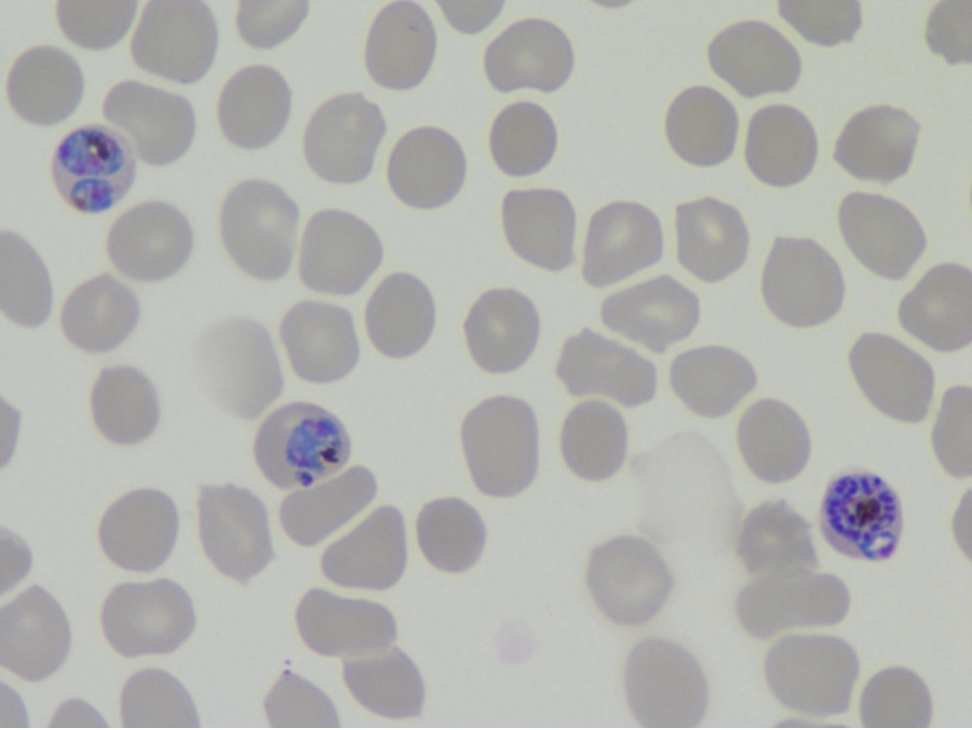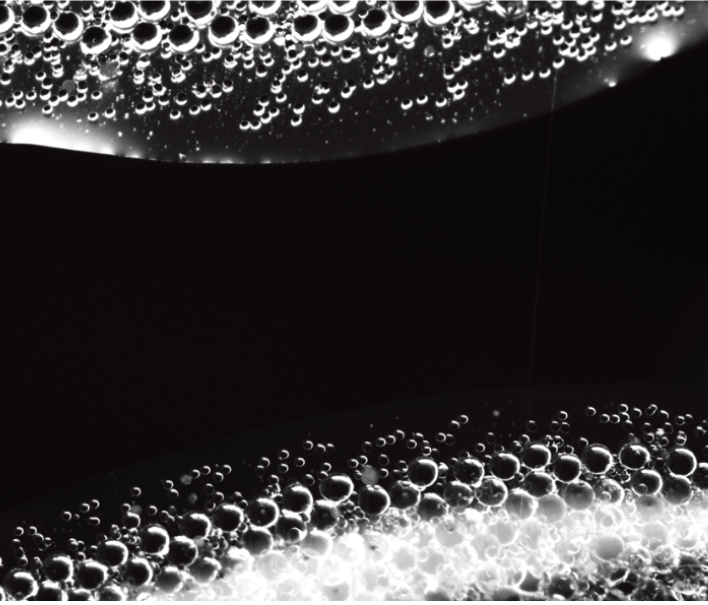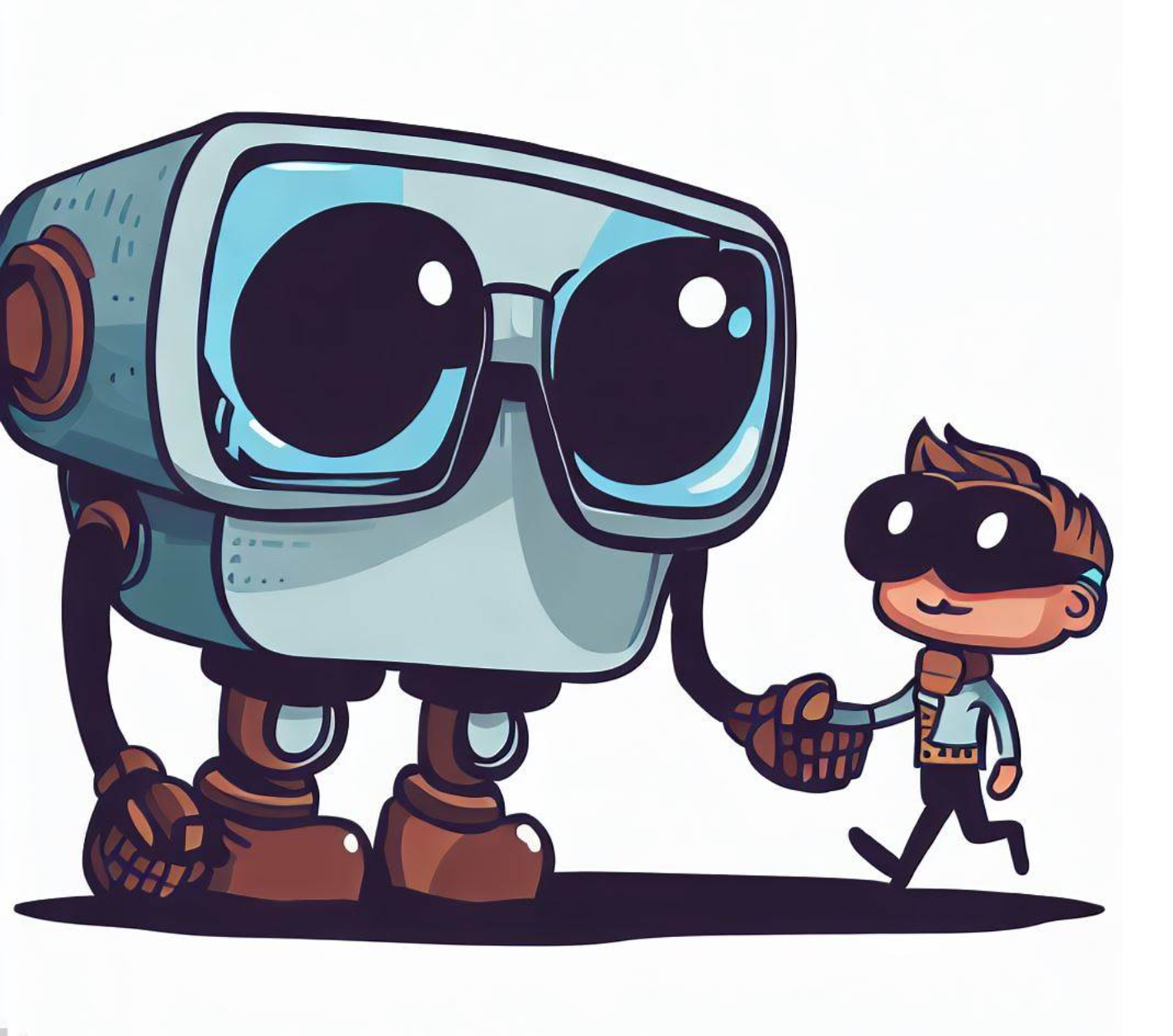Partnerships in Australia
Current CNRS partnerships in Australia
1 International Research Laboratory
International Research Laboratories are the more mature level of organization for international cooperation. They are genuine joint laboratories located within partner universities, and they bring together researchers, PhD students, postdoctoral fellows, engineers, and technicians from both the CNRS and the partner institutions for 5-years mandates. Those initial mandates are often extended so their global duration can reach 15 years or even more.
CROSSING
CNRS Informatics
University of Adelaide, IMT Atlantique, University of South Australia, Flinders University, Naval Group
“FrenCh-AustRalian LabOratory for HumanS / AutonomouS Agents TeamING”
2020-2025
13 International Research Projects
International Research Projects are collaborative research projects between CNRS and partner laboratories. They strengthen previously-established collaboration and allow to develop joint research activity, field work, experimentation, and supervising students. Their mandate is 5 years and can be extended once.
XERD-DM
CNRS Nuclei & Particules – University of Melbourne
Subatech – Sara Diglio
Stawell Underground Physics Laboratory- Elisabetta Barberio
R&D for Future Generation Experiments, searching for Dark Matter and Neutrinoless Double Beta decay
2024 – 2028
NEUROSENSOR
CNRS Ingénierie – Australian National University
Institut de Nanotechnologies de Lyon – Etienne Puyoo
Research School of Physics – Sanjoy Nandi
Artificial neuron, neuromorphic architecture, sensor, thermoreceptor, mechanoreceptor.
2024 – 2028
ACCES
CNRS Ecologie & Environnement – Phillip Island Nature Parks
Institut Pluridisciplinaire Hubert Curien- Claire Saraux
PINP, Monash University – Andre Chiaradia
Integrating the oceanographic component and its consequences on the accessibility of prey into the study of individual population responses of marine predators
2024 – 2028
DERECT
CNRS Biologie – University of Melbourne
Centre de recherche en cancérologie de Lyon – Patrick Melhem
Centre for Cancer Research, Tumor Heterogeneity in Metastic Cancer Laboratory – Frédéric Hollande
Dependence Receptors in Colorectal Tumours
2023 – 2027
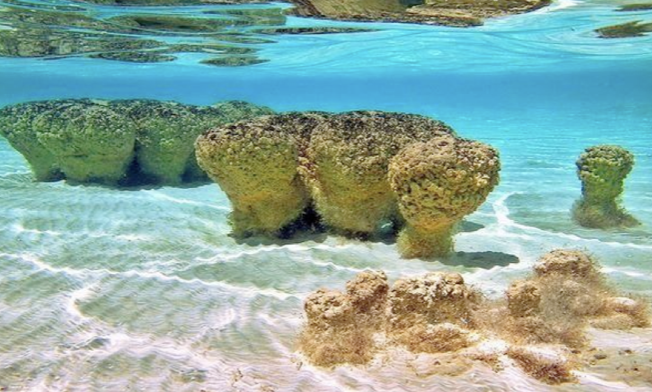
NATURBAN
CNRS Ingénierie – University of New South Wales
AMPERE – Claire Lesieur
School of Built Environment – Mat Santamouris
Sustainable design: from nature to cities
2023 – 2027
FEMIDAL
CNRS Sciences humaines & Sociales – University of Melbourne
Laboratoire de Linguistique Formelle – Dr Patrick Caudal
School of Languages and Linguistics – Ass. Prof Brett Baker
Formal/Experimental Methods and In-depth Description of Australian Indigenous Languages
2021 – 2025
MAITAI
CNRS Chimie – Australian National University
Institut des Sciences Chimiques de Rennes – Frédéric Paul
Research School of Chemistry – Marc G.Humphrey
Multiphoton Absorbers in Therapy and Imaging
2021 – 2026
AMHELIE
CNRS Ingénierie – University of Queensland (i), Monash (ii)
Institut de mécanique et d’ingénierie (Bordeaux) – Pr. Nicolas Saintier
(i) Faculty of Engineering, Architecture and Information Technology – Matthew Dargusch (ii) Aijun Huang
Additive Manufacturing for High PErformance MateriaLs and lattIce StructurEs
2020 – 2024
SocMet MM
CNRS Biologie – Macquarie University
Paris Saclay Institute of Neuroscience Laboratoire de Linguistique Formelle – Isabelle Charrier
School of Natural Sciences – Rob Harcourt
Social Communication Network in Marine Mammals
2020 – 2024
APICOLIPID
CNRS Biologie – University of Melbourne
Institut pour l’avancée de biosciences – Cyrille Botté
School of Biosciences – Pr Geoff McFadden
Apicomplexan parasites lipid and membrane biogenesis
2018 – 2026
CANECEV
CNRS Ecologie & Environnement – Deakin University
Laboratoire Maladie Infectieuse et Vecteur : Ecologie, Génétique, Evolution et Contrôle – Frédérique Thomas
School of Life & Environmental Sciences – Beata UJVARI
French-Australian International Research Program on the roles of cancer in Ecology and Evolution
2020 – 2024
6 International Research Networks
International Research Networks will structure and gather a large international scientific community around a common theme or à research infrastructure. It promotes the organization of international workshops and seminars, as well as thematic schools. It brings together, for a duration of five years, researchers from several French and international laboratories, and several countries can be involved in one network.

QARESS
CNRS Sciences humaines & Sociales – Australian National University
Centre pour l’économie environnementale – Luc Doyen
Crawford School of Public Policy – Quentin Grafton
QuAntitative Resilience-based managEment and Sustainability for Social-ecological Systems
Other Members :
2024 – 2028
WONDER
CNRS Ingénierie – Murdoch University
Lab GEnie des Procédés Environnement – Agroalimentaire – Olivier Gonçalves, Eric Leroy
Algea R&D Centre – Navid Moheimani
World Oilalg Network for Design of processes and strains for Elaboration of Renewable energy from microalgae – on engineering
Other members : Japan, USA
2021 – 2025
I² - Interstellar Institute
CNRS Terre & Univers – Australian National University, Macquarie University
Laboratoire d’astrophysique, Instrumentation et modélisation – Marc Antoine Miville-Deschênes
French-Australian International Research Program on the roles of cancer in Ecology and Evolution
Other members : Canada, the United States (Lead), Germany, Austria and Greece.
2021 – 2025
FALCOL
CNRS Terre & Univers – University of Western Australia
Géosciences Environnement Toulouse (GET) – Olivier Vanderhaeghe
Center of Exploration Targeting- Quentin Grafton
French-Australian Research Network on the study of the Continental Lithosphere
Other Members : CSIRO, UMR GeoRessources
2020 – 2025
PHILIBIOMED
CNRS Sciences Humaines & Sociales – University of Sydney
Conceptual Biology & Medicine Groupab – Thomas Prade
Theory and Method in Biosciences Group – Paul Griffiths
The Institute for Philosophy In Biology and Medicine
Other members : Austria, UK and USA
2020 – 2024
FACES
CNRS Ingénierie – University of New South Wales
Institut de Chimie et des Matériaux Paris-Est – Fermín CUEVAS
Material Energy Research Laboratory in nanoscale (MERLin) – Francois AGUEY-ZINSOU
French-Australian International Research Network focusing on Conversion and Energy Storage for stand-alone & maritime applications
Other members : Deakin University, University of South Australia, and Flinders University
2021 – 2025
13 International Emerging Actions
International Emerging Actions are PI-to-PI projects whose purpose is to explore new fields of research and international partnerships through: short-term mobility of scientists, the organisation of working meetings, and the initiation of early-stage joint research works for shared scientific projects. These actions have a duration of two years.
AUSTRALAKES
CNRS Terre & Univers – University of Melbourne
Institut Terre et environnement de Strasbourg – Mathieu Schuster
School of Geography, Earth & Atmospheric Sciences – Jan-Hendrik MAY
A fresh perspective on salty lakes: assessing the role of wind related sedimentary processes in Australia’s lakes
2024 – 2025
Global Geometry of projective varieties
CNRS Mathématiques – University of New South Wales, University of Sydney
Laboratoire de Mathématiques de Bretagne Atlantique – Erwan Rousseau
School of Mathematics and Statistics – Anita Lawrence Centre- Behrouz Taji
Global geometry of projective varieties through birational invariants and foliations.
2024 – 2025
IMAX
CNRS Ingénierie – University of Queensland
Laboratoire Modélisation et Simulation Multi-Echelle – Madge MARTIN
School of Mech., Medical & Process Engineering – Peter Pivonka
Integration of 4D imaging, modelling and artificial intelligence to explore the evolution of bone structure on several scales
2024 – 2025
DREEMI
CNRS Biologie – University of Sydney
Institut de Génétique Humaine (IGH) – Andrew Oldfield
School of Mathematics and Statistics – Pengyi Yang
Dissecting the role of distal regulatory elements in the initiation of the epithelial-to-mesenchymal transition using single-cell sequencing technologies
2024 – 2025
BONUS
CNRS Sciences Informatiques – University of Sydney
LAMDASE – Clément Royer
School of Mathematics and Statistics – Lindon Roberts
Blackbox Optimization with a Novel Use of Subspaces
2024 – 2025
HYPSILL
CNRS Chimie – University of Queensland
Institut de Recherches sur la Catalyse et l’Environnement de Lyon – Nuno Rocha Batalha
Queensland Alliance for Environmental Health Sciences – Tatiana Komarova
Unraveling hydrogen spillover in heterogeneous catalysts for hydrogen transportation
2024 – 2025
FLAMEPROXY
CNRS Chimie – University of Wollongong
Institut de Physique du Globe de Paris – Marc Beneditti
School of Earth, Atmospheric and Life Sciences – Anthony Dosseto
Beyond the Flames: Advancing Knowledge of Wildfire Impacts with Innovative Proxies
2024 – 2025
DyCaM
CNRS Physique – University of Melbourne
Institut de physique et chimie des Matériaux de Strasbourg – Pascal Hebraud
Department of Chemical Engineering – Martin Greg
Dynamics of casein micelles networks
2023 – 2024
2dh2
CNRS Chimie – Griffith University
Institut de Recherche sur les Céramiques, Centre Européen de la Céramique – Assil Bouzid
Centre for Catalysis and Clean Energy, School of Environment & Science – Prof. Yun Wang
Modelling electrochemical processes of the hydrogen evolutionreaction on two-dimensional materials-based electrodes in alkalinesolution
2023 – 2024
KARMIAL
CNRS Chimie – RMIT University
Laboratoire de Chimie de Coordination, Université de Toulouse – Françoise Benoit-Vical
School of health and biomedical sciences – Christian Doerig
Target the kinome to fight artemisinin-resistant malaria
2023 – 2024
COFLACT
CNRS Physique – Australian National University
Matière et Systèmes Complexes, Université Paris Cité – Matthieu Roche
Department of Materials Physics – Nicolas Francois
The link between particle structure resolved in time and space under flow, interparticle friction and dissipation using X-ray microtomography.
2023 – 2024
LOTO
CNRS Mathématiques – University of Queensland
ISEA Université de la Nouvelle-Calédonie – Renaud LEPLAIDEUR
School of Physics and Mathematics – Cecilia Gonzalez Tokman
Limit of Transfer Operators in South Pacific
2023 – 2024
ALFRED
CNRS Sciences Informatiques – University of Melbourne
Institut de Recherche en Informatique Fondamentale – Adrian Vladu
School of Computing and Information Systems – William Seeun
Algorithms for Restricted Data Models
2023 – 2024
